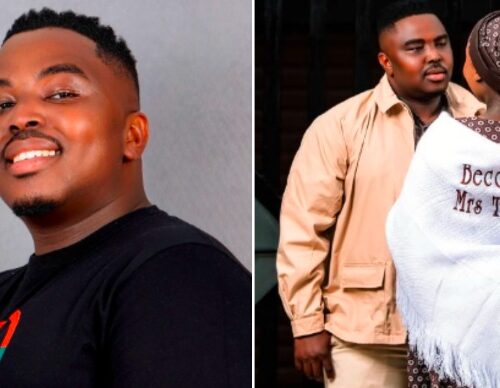
When a video became more than just a clip
In the wandering world of social media, nothing stays quiet for long. That was the case when South African DJ and producer Prince Kaybee discovered an AI-generated video featuring his likeness doing something unexpected. Instead of ducking for cover, he chose to lean in—tweeting, “lol my haters have arrived.” The line rang across timelines and sparked a real conversation about fame, deepfakes, and staying steady in the ever-shifting entertainment game.
A new kind of spotlight
For someone who moves between music and events, being the subject of an AI video is another twist altogether. The clip wasn’t officially released by Kaybee but circulated online, and fans immediately noticed. On X and Instagram, voices popped up asking questions: Who made it? What was the aim? And most pressingly: how should a public figure react when the image they project is no longer fully under their control?
Social media had a field day
The moment the reaction was posted, the comments lit up. Some users applauded Kaybee’s laid-back take. Others pointed out the challenge for artists in South Africa’s digital age: once the tech opens doors, it also blurs boundaries. One comment read, “If it’s deepfake or not we gotta realise the control is slipping.” Another joked, “Welcome to 2025 where the DJ plays beats and the bots play you.” The humour was there, but the underlying tension wasn’t missed.
Why this matters in South Africa’s entertainment scene
In South Africa, fame is often tied to live gigs, radio play, and face-to-face connections. An AI video changes the equation. It means your brand, sound, and face can be remixed, reproduced, or repurposed without your traditional input. For Kaybee, this moment is a reminder that in 2025, being a DJ, producer, or artist is no longer just about the next set or track—it’s about your digital footprint, your image control, and your media response.
Lol my haters have arrived 😭😭 https://t.co/B4dtYJTiRn
— PRINCE KAYBEE (@KabeloMusic) November 17, 2025
A fresh angle: owning the narrative
What stands out is how Kaybee opted not to panic or play the victim. He injected humour and gave one line that shifted the conversation: “My haters have arrived.” Maybe this is less about the video and more about him reclaiming the narrative. He showed that when the tech world tries to catch you off-guard, you can still choose your tone, your response, and your presence. That alone is a move in today’s media playbook.
What’s next for Prince Kaybee?
Now that the conversation is public, the next move becomes interesting. Will he speak directly about the video? Will his next track or performance reference it? Or will he quietly let the moment pass while he focuses on his music career? Either way, the spotlight is on him again—not just for what he does on stage but for how he handles the digital ripple effect of a few seconds of viral footage.
Source: Briefly News
Featured Image: OkMzansi




